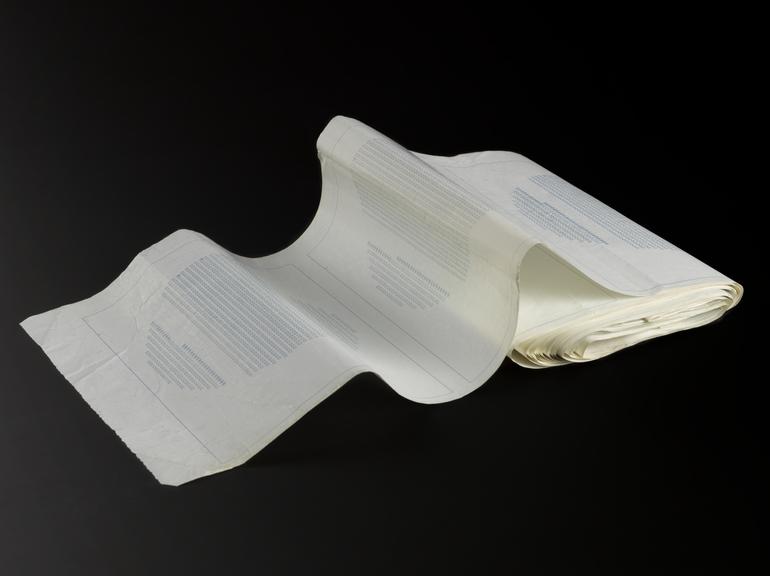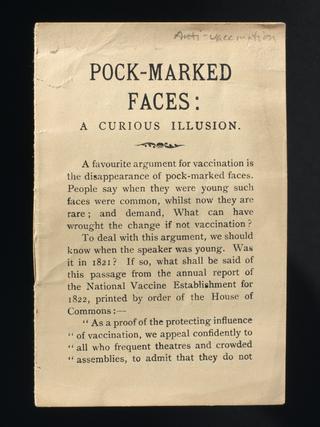
Printout of the Daisyworld programme developed by James Lovelock
- Made:
- 1981








Long computer printout showing visual representation of James Lovelock's computer model 'Daisyworld' through time, 1981. Lovelock developed Daisyworld to provide empirical evidence for his Gaia hypothesis.
Lovelock’s most (in)famous work is the Gaia hypothesis, which proposes the Earth as an integrated system of living and non-living things, which together maintain conditions suitable for life. Gaining popular attention from his publication Gaia: A New Look at Life on Earth in 1979, it appealed to environmental activists as showing a model of a ‘living Earth’. Daisyworld was the computer model of how Gaia could work on a simplified planet: black daisies (represented by '#') absorb light, warming the planet, while white daisies (shown by '.') reflect light. Together they keep the planet’s temperature in balance.
Details
- Category:
- Archive
- Object Number:
- 2012-118/18
- Materials:
- paper
- Measurements:
-
overall: 210 mm x 7930 mm
- type:
- computer printout
- credit:
- James Ephraim Lovelock




